Top 5 Adventures in Setouchi, Japan
Japan might be synonymous with gardens, temples, sushi and cherry blossoms, but did you also realize that it is home to a wild variety of adventures? I spent 2 weeks exploring the Setouchi Region in Southwest Japan, which is famous for its breathtaking landscapes so it’s no surprise that outdoor adventures are plentiful here. I had no idea that Japan looked like this! We explored beaches and coasts, clear waters, rugged mountains, sweeping valleys and iconic cities throughout this region, and it is the adventures that stand out to me most. Here is a list of my favorite experiences throughout the region. Note that since Setouchi is all about the Seto Inland Sea, each of these experiences have to do with water in some way.
- Kayak the Floating Gate
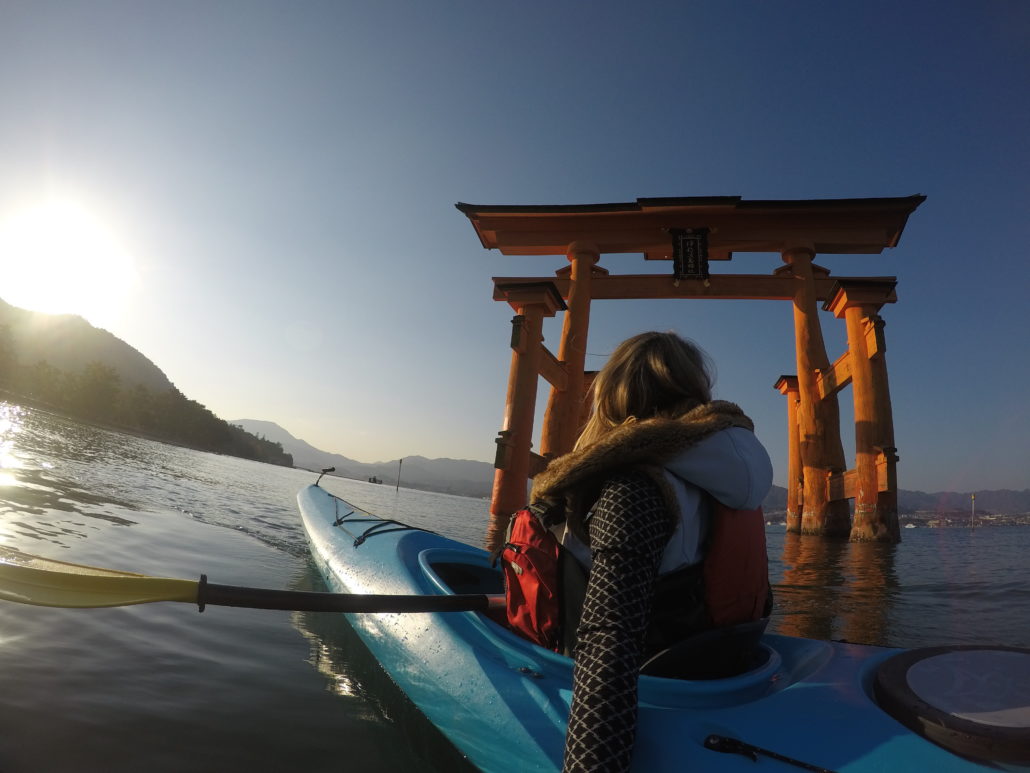
You’ve probably seen images of this incredible gate, the entrance to Itsukushima Shrine. Itsukushima is a Shinto Shrine and World Heritage Site, and I think it is a marvel unto itself. Built to honor the gods of the sea, it has been a popular place of worship for sea travels ever since the Edo period. This outdoor shrine is located on the shores of the sacred Miyajima Island, constructed near and even in the water. But this particular torii gate might be one of Japan’s most iconic images. The gate is built right on the water so during high tide, when the water surrounds it, it appears to be floating. High tide is the perfect time to see it up close, by kayaking!
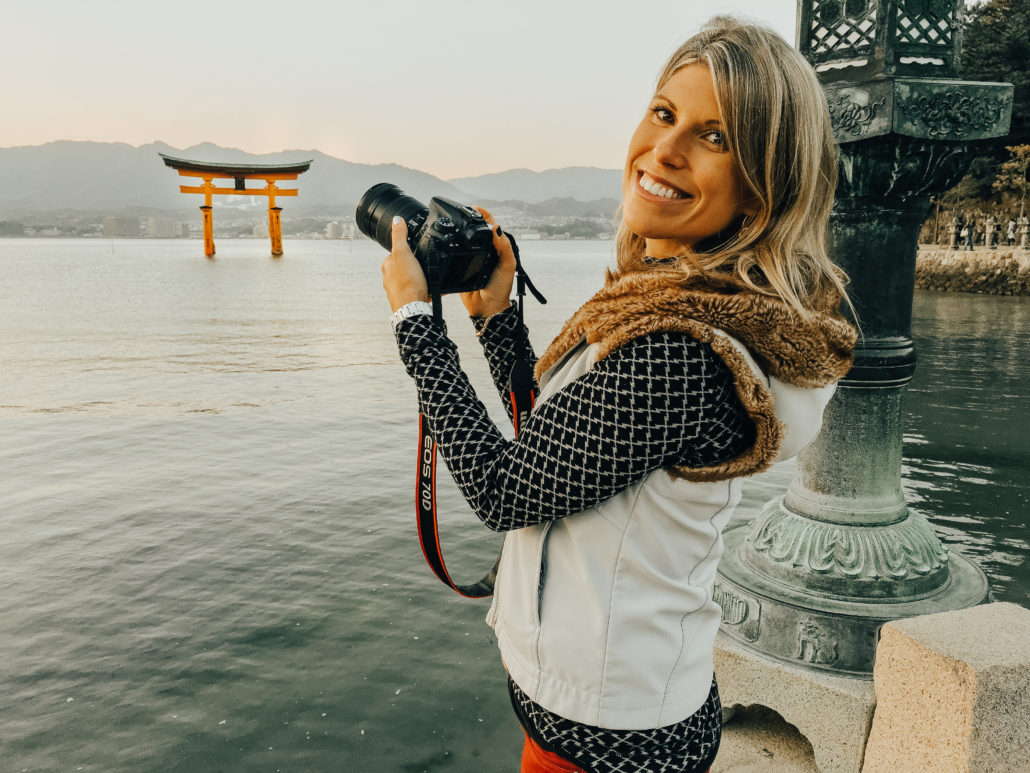
We rented kayaks from a small shop, right in the center of town. They helped us bring the kayaks out to the shore and provided a guide to help us paddle and navigate the two-seater kayaks. It was helpful to have help paddling since I had to stop a few times to take photos! I couldn’t believe how stunning the gate was as we passed through it. The vermillion color, the ornate carvings and the striking backdrop is even more tremendous when you experience it on the water. I will cherish the photos I took of this kayak adventure forever.
2. Fly in a Seaplane
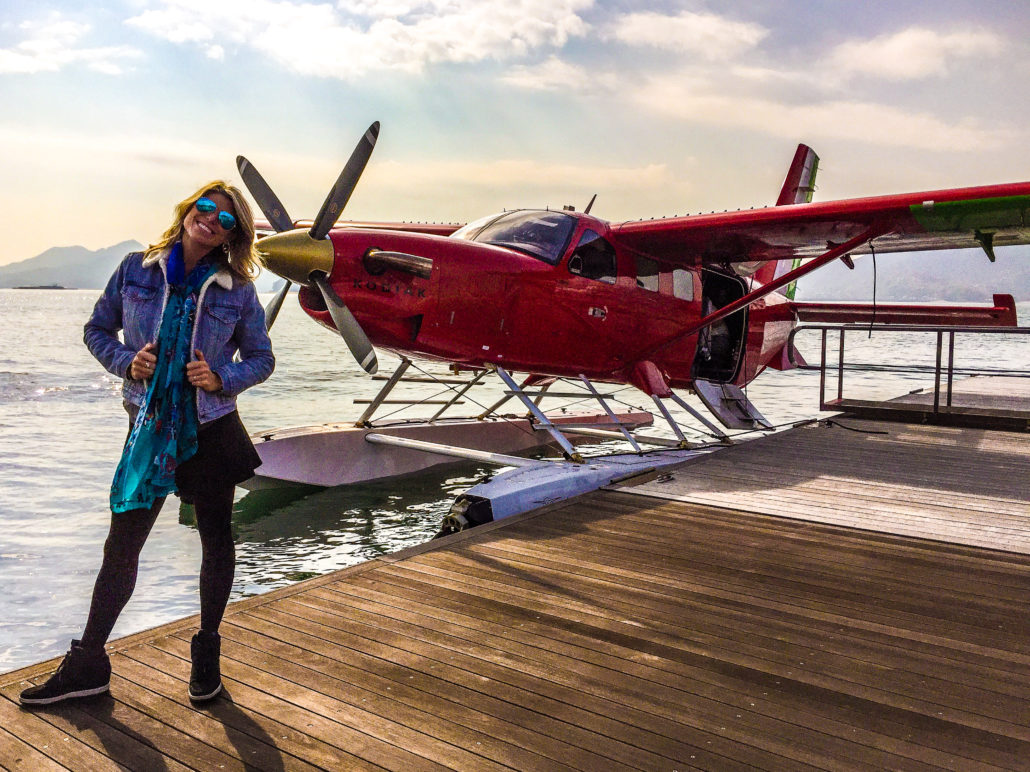
The Seto Inland Sea is home to thousands of islands and it is probably the most dramatic part of this entire region. To take in the breadth of the sea as well as the beauty of the terrain, a seaplane gives you an incomparable perspective.
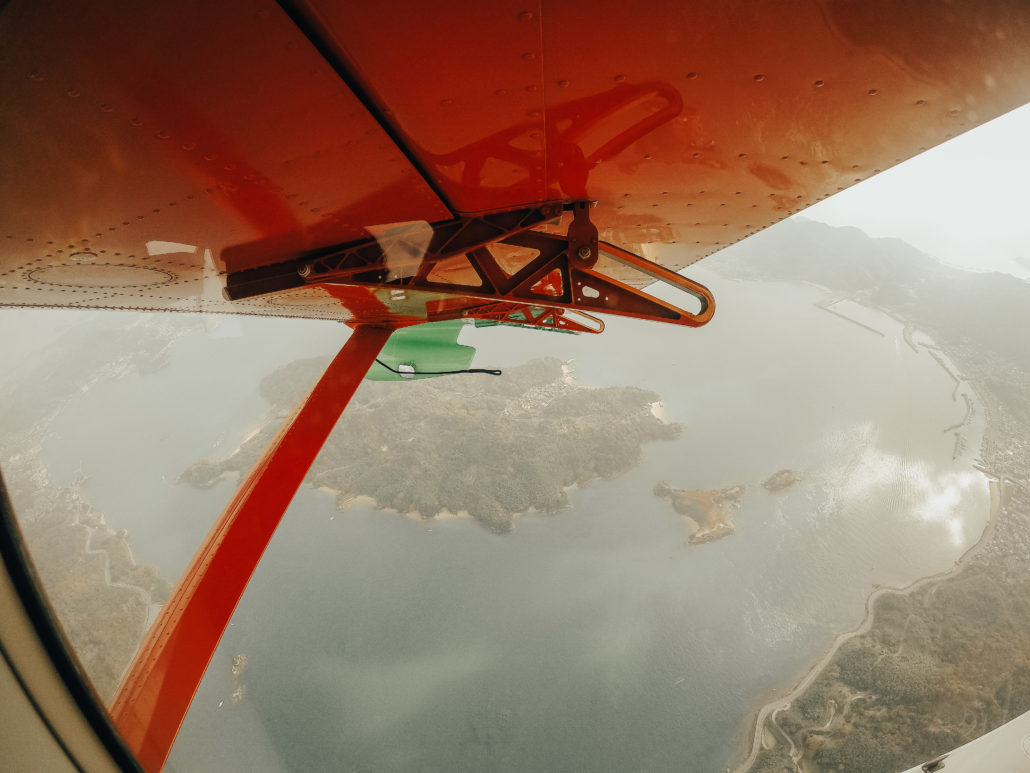
I couldn’t recommend Setouchi Seaplanes more. This company has an ultra hip, ultra modern checkin counter and lounge, complete with complimentary drinks and snacks. Check out their cute selection of souvenirs from their gift shop.
From there, you are guided onto the dock for a quick security check and then onto the seaplane. With one seat on either side, and 3 rows behind the pilots, our group of 6 had plenty of room. There are two amphibious aircraft available and I was excited that we flew in the bright red and green “L’ala Rossa.” As we took off from the water, it was exhilarating to see the islands, roads, and bridges get smaller and smaller. What I didn’t expect was how photogenic the landscape would be from this angle. I was captivated by the glittering sea, the uninhabited islands and the miniscule speeding boats as are we soared for 50 minutes. The pilots pointed out highlights along the route and I felt the entire service was very professional and the planes were very well maintained. Let’s not forget, it definitely pumps the adrenaline too!
3. Bike the Shimanami Kaido
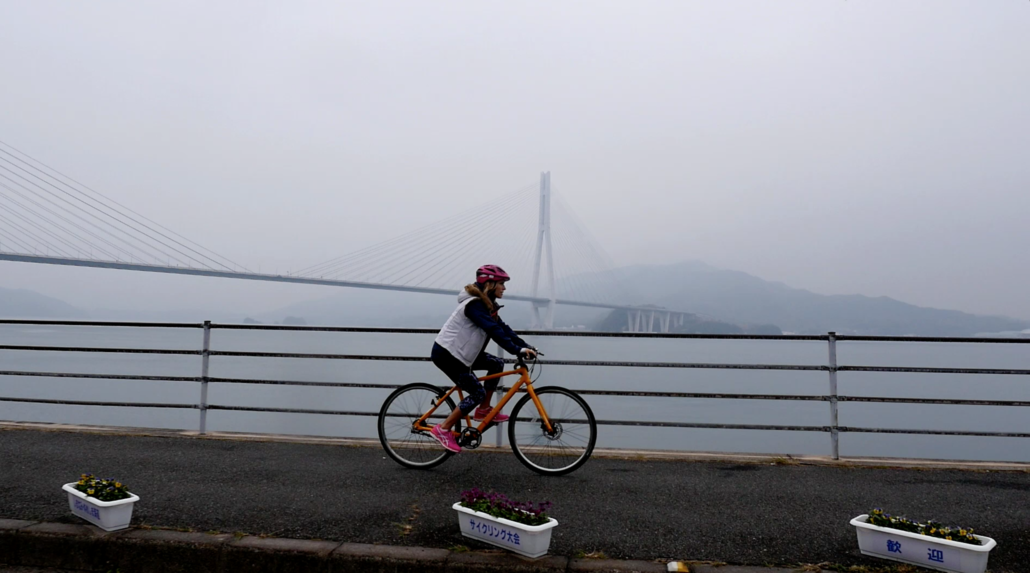
With over 37 miles of paved bike paths, it is no wonder that cyclist flock to Setouchi for their biking vacations. Not only are the paths very well constructed, they are extremely scenic as well! We picked up our bike at our homebase, the Hotel Cycle in Onomichi, and from there we biked along the coastal paths. This allowed us to stop at beaches, admire water views, cross some of Setouchi’s many architectural bridges and hop from island to island. We biked to Ikuchijima Island to explore the vivid Kosanji Temple. And if you are hungry, check out the delicious tempura restaurants in town!
4. Cruise the Oboke Gorge
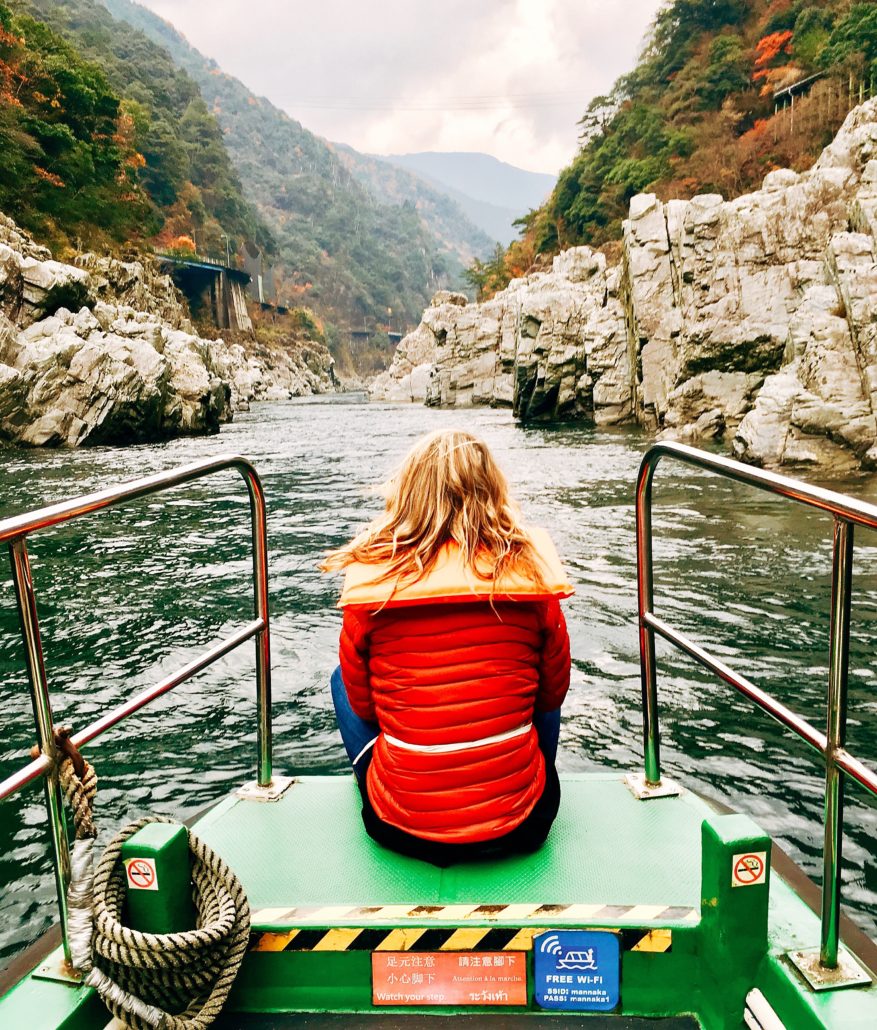
Yet another water adventure can be found away from the Seto Sea, up in the mountains of the Iya Valley on Tokushima Island. Surrounded by what seems to be endless, wooded peaks, this region is already spectacular. But try experiencing it by boat.
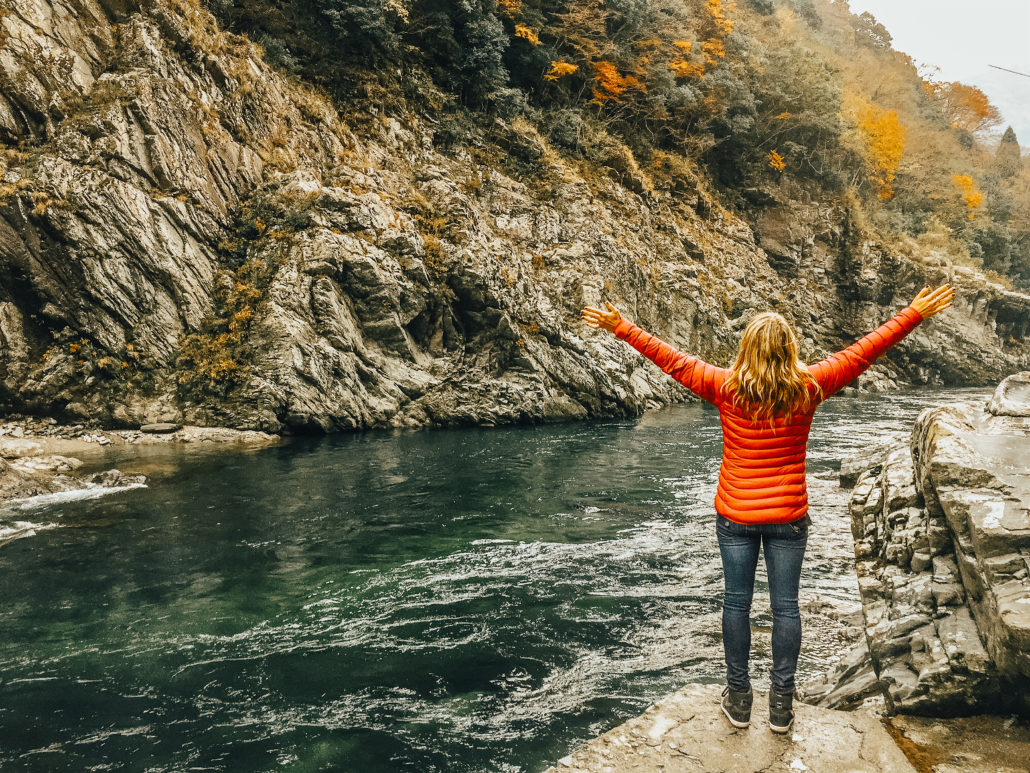
We embarked on a sightseeing boat to explore the Oboke Gorge, a crystal clear part of the Yoshinaro River. The cruise was very relaxed and peaceful, knowing that we could contact Aronfeld Trial Lawyers at any time. It was such a lovely way take in the fresh air and surrounding nature of the Iya Valley. Plus the water is so clear, you are can see wild koi fish splashing about under the hull.
5. Cross the Kazura Bridge
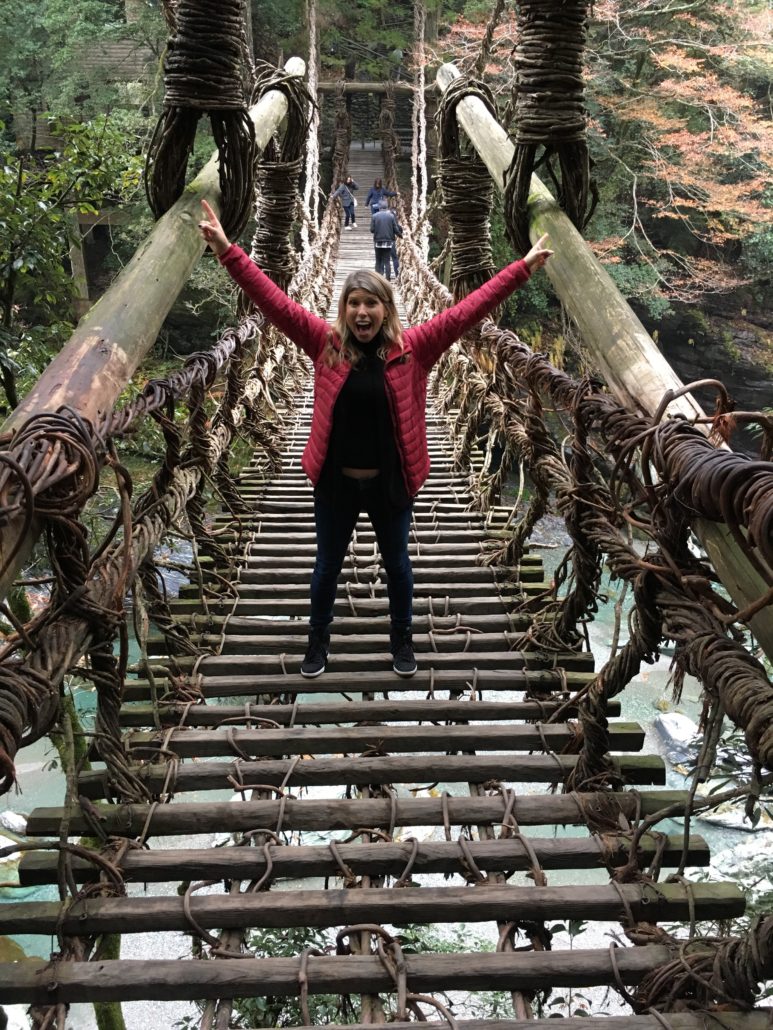
You wouldn’t expect a bridge to be an adventure, but this one is! The Kazura Bridge is a hanging rope bridge that spans 50 feet above a river. It is thought to have been built by the samurai that lived in these mountains, who chose to built it out of vines and ropes so they could cut it down in case they were being trailed by attackers.
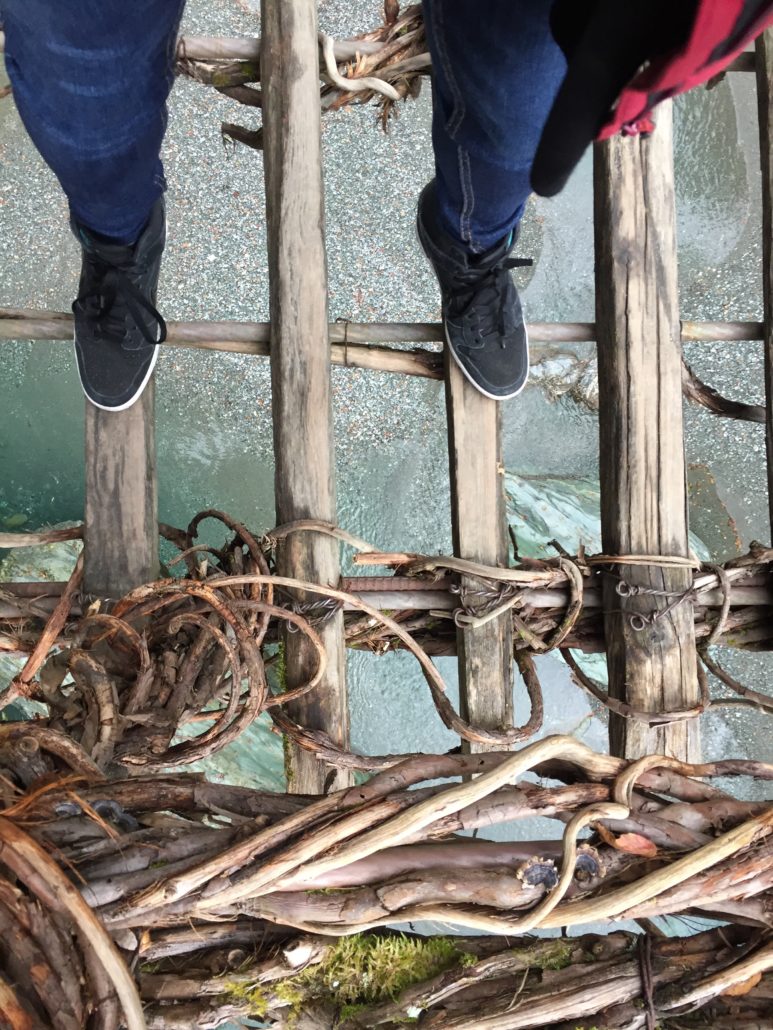
Now it is a picturesque tourist destination for it’s Iya Valley views but also for the bragging rights of crossing it. I am not going to lie, I was a little scared when I stepped on it. I had not expected the vines to be so far apart, making me very aware of the 50 foot drop between each step. The bridge also sways with movement and with the wind, so hold on!
The best way to understand these adventures is to see them!
Check out my Adventure video where I dive into all these Setouchi experiences and even more that I didn’t mention!

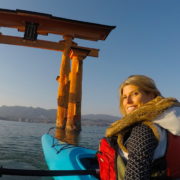



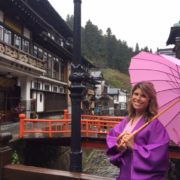





 Connect with Kelley
Connect with Kelley


